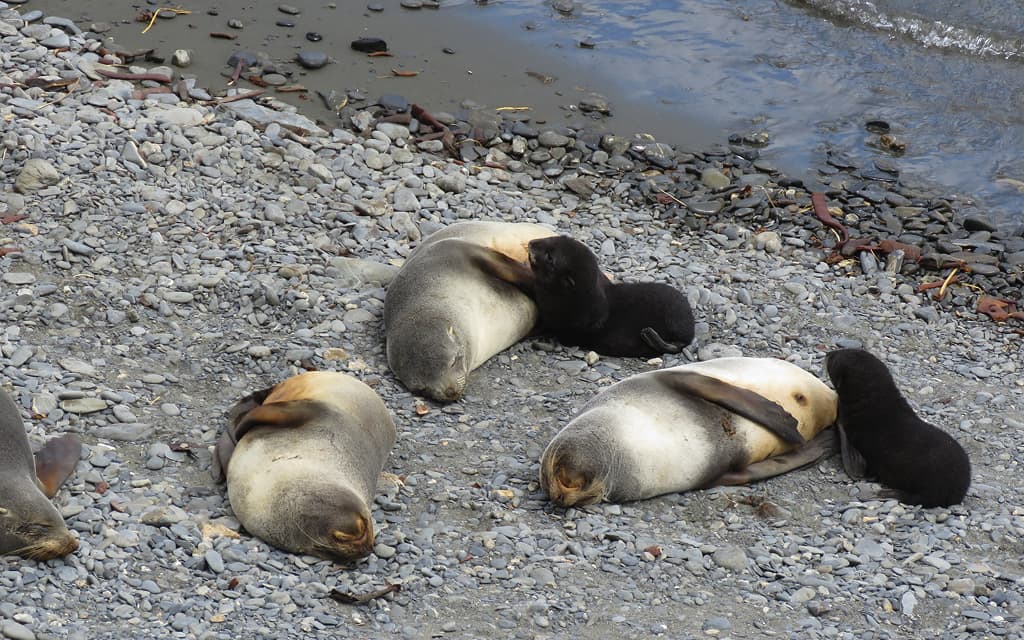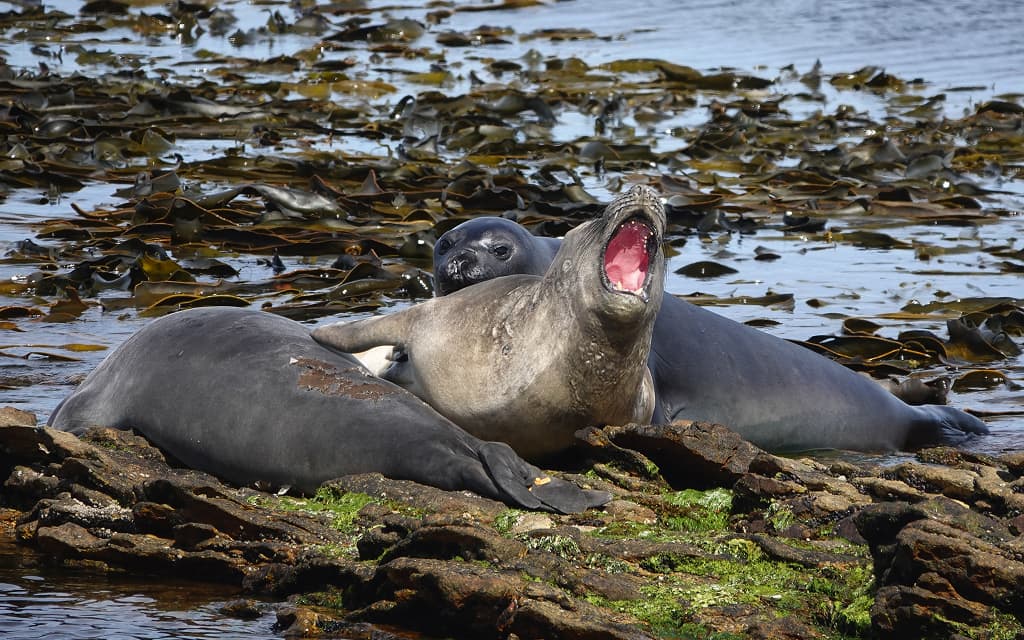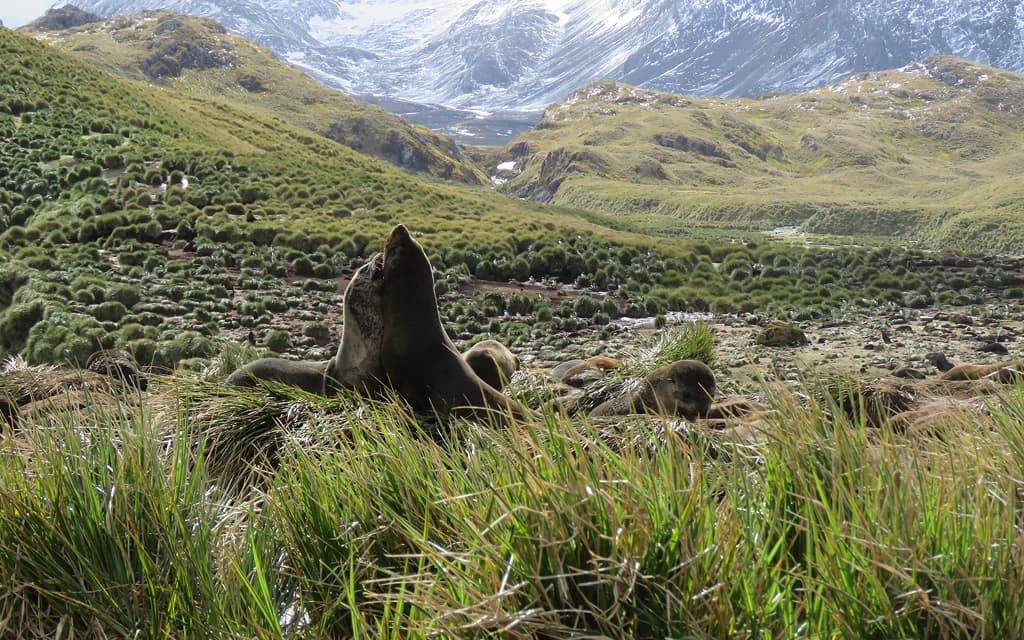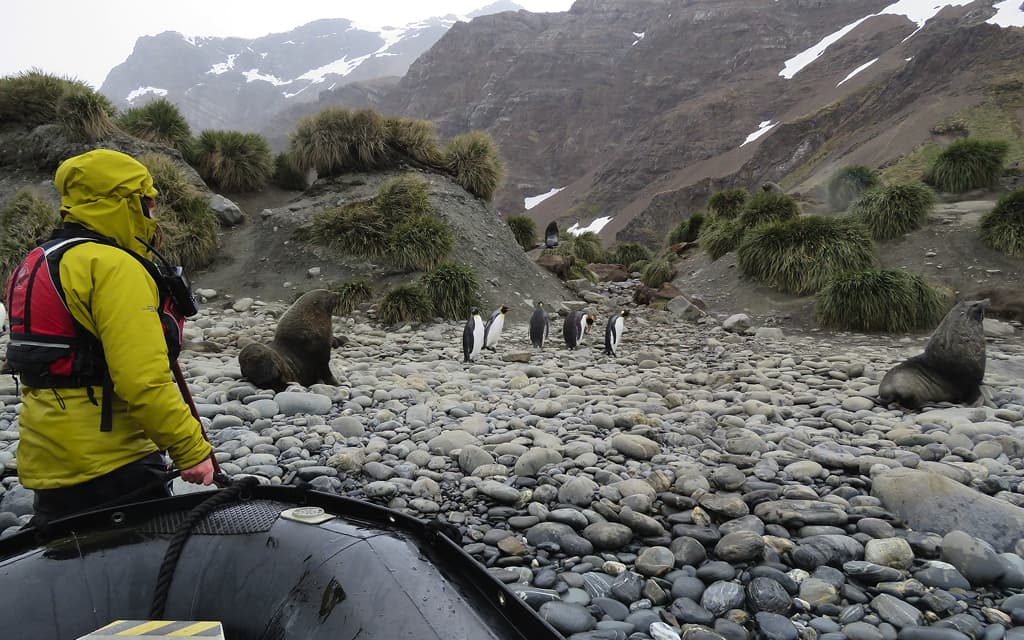Sentinels of the Seas, Arctic Nomads
Discover the world of Seals
learn about
Seals

Anatomy and Adaptations
Seals are perfectly adapted for life both in the water and on land.
Their streamlined bodies, flippers instead of legs, and thick blubber for insulation enable them to thrive in cold marine environments. Seals also have highly developed senses, with acute hearing and vision adapted for underwater hunting.
Diet and Hunting
Seals have varied diets that include fish, squid, and crustaceans.
They are skilled hunters, using their sensitive whiskers to detect prey in murky waters. Some species, like the leopard seal, are apex predators, while others, like the crabeater seal, have specialised teeth for filtering krill.


Breeding and Pupping
Seal breeding seasons vary by species, but most give birth to a single pup annually.
Pups are born on land or ice and are nursed by their mothers for a few weeks to several months. During this time, the mother fasts and relies on her stored blubber to provide rich, fatty milk to her pup.
Communication and Vocalisation
Seals communicate through a range of vocalisations, including barks, grunts, and moans.
These sounds serve various purposes, from attracting mates to warning off rivals. Underwater, seals use vocalisations to navigate, locate prey, and maintain social bonds.


Mating Rituals
Seal mating behaviours can be quite dramatic, with males often engaging in fierce battles to establish dominance and secure mates.
These displays of strength and endurance ensure that the strongest genes are passed on to the next generation.
Haul-out Sites
Seals use haul-out sites for resting, moulting, and social interactions.
These sites are often beaches, rocky outcrops, or ice floes. Haul-out sites are crucial for their well-being, providing a place to rest and escape predators.


Climate Change
Climate change poses a significant threat to seal populations by altering their habitats and food availability.
Melting ice reduces the availability of breeding sites for ice-dependent seals, while warming oceans affect the distribution of their prey.
Human Activities
Human activities such as overfishing, pollution, and habitat destruction have severe impacts on seal populations.
Bycatch in fishing operations leads to the accidental death of many seals, while plastic pollution and oil spills cause injury and mortality. Coastal development further encroaches on critical habitats.


Conservation Efforts
Conservation efforts for seals include establishing marine protected areas, implementing sustainable fishing practices, and reducing pollution.
Projects like Seal Watch involve citizen scientists in monitoring seal populations, providing valuable data for conservation planning. Public education and advocacy are also crucial in promoting seal conservation.
Get Involved & Make a Difference
Our research informs action, but we rely on your support.
Your gift empowers conservation efforts to safeguard these incredible creatures.





